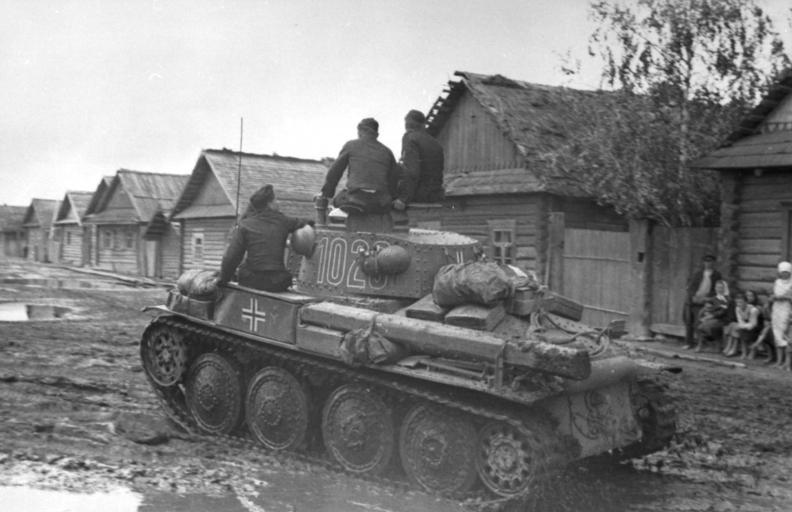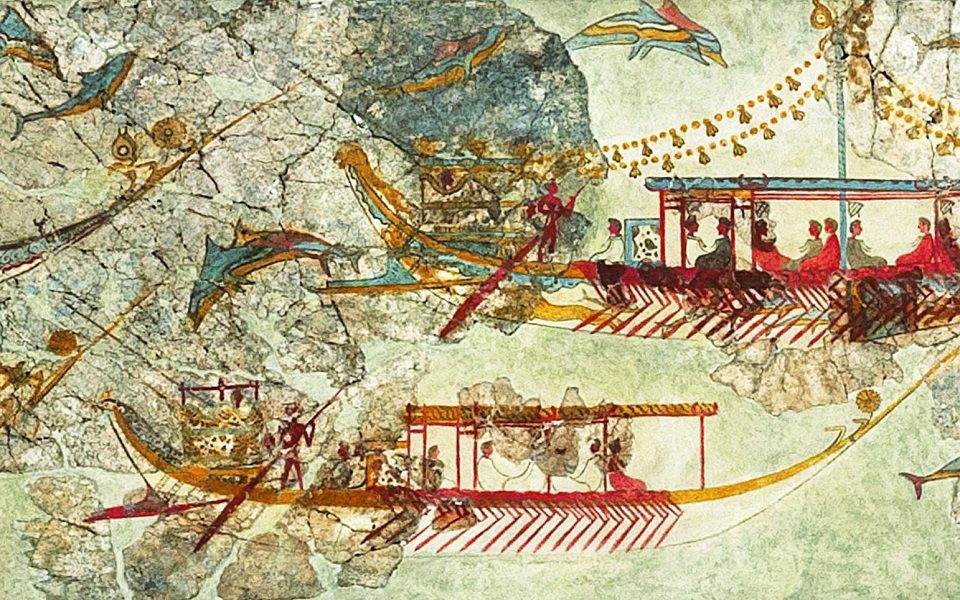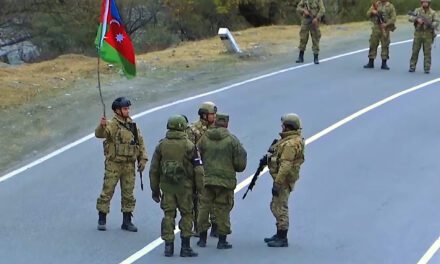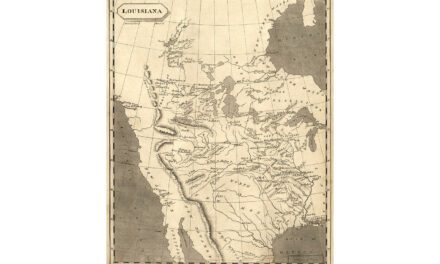History Guild General History Quiz 106
See how your history knowledge stacks up!
Want to know more about any of the questions? Once you’ve finished the quiz click here to learn more.
Have an idea for a question? Suggest it here and we’ll include it in a future quiz!
The stories behind the questions
1. The Minoan civilisation was based in which region?
Crete – The Minoan civilization was a Bronze Age civilisation on the island of Crete and other Aegean Islands. It’s earliest traces date to 3500 BCE, with the complex urban civilisation beginning around 2000 BCE, and then declining from around 1450 BCE. The Minoans were known for their great cities and palaces, extended trade throughout the Mediterranean, and their use of writing.
2. In 1948 who formally proclaimed the establishment of the State of Israel, also serving as the first prime minister?
David Ben-Gurion – David Ben-Gurion was the primary national founder of the State of Israel and the first Prime Minister of Israel. He was the preeminent leader of the Jewish community in British Mandate Palestine from 1935 until the establishment of the State of Israel in 1948, which he then led almost continuously until 1963.
3. What is the longest running conflict that Australian forces have been committed to?
War in Afghanistan – In October 2001 Australian forces invaded Afghanistan in coalition with the USA and other allies. The last Australian troops left Afghanistan in 2021.
4. In 1946 the International Court of Justice was established in which city?
The Hague – Seated in the Peace Palace in The Hague, Netherlands, the ICJ is the only principal element of the UN not located in New York City. It consists of a panel of 15 judges elected by the UN General Assembly and Security Council for nine-year terms. No more than one judge of each nationality may be represented on court at the same time, and judges collectively must reflect the principal civilisations and legal systems of the world. It settles disputes between states in accordance with international law and gives advisory opinions on international legal issues.
5. What disease is thought to have contributed to the demise of sailors exploring the Arctic on the HMS Erebus and Terror?
Tuberculosis – Expeditions in 1981-1986 by Dr Owen Beattie, an anthropologist at Alberta University, have helped explain what may have happened. The bodies of three expeditioners were exhumed, two were determined to have died from tuberculosis, the third showed evidence of tuberculosis but their death was attributed to pneumonia. Read more about this most deadly of diseases here.
6. How many Moai statues were built on Rapa Nui (Easter Island)?
950 – Rapa Nui was first settled by Polynesians around 1200 CE. They started constructing Moai relatively soon after arriving, and continued to construct them for the next 450 years.
7. Joseph Mobutu, also known as Mobutu Sese Seko, was the president of which country?
Democratic Republic of the Congo, formerly Zaire – Mobutu Sese Seko was a Congolese politician and military officer who was the President of Zaire from 1965 to 1997. Mobutu, serving as Chief of Staff of the Army and supported by Belgium and the United States, deposed the democratically elected government of Nationalist Patrice Lumumba in 1960. After arranging for Lumumba’s execution in 1961 he continued to lead the country’s armed forces until he took power directly in a second coup in 1965. His regime was rigidly authoritarian even by African standards of his time, presiding over a period of widespread human rights violations. Under his rule, the nation also suffered from uncontrolled inflation, a large debt, and massive currency devaluations.
Mobutu received strong support (military, diplomatic and economic) from the United States, France and Belgium, who believed he was a strong opponent of communism in Francophone Africa. He also built close ties with the governments of Apartheid South Africa, Israel and the Greek military junta. From 1972 onwards, he was also supported by Mao Zedong of China, mainly due to his anti-Soviet stance. His rule culminated in the First and Second Congo Wars, which caused the largest loss of life from war that has occurred since World War 2.
8. Where did the USA supply arms to the Contra separatist group?
Nicaragua – The Contras were the various U.S.-backed and funded right-wing rebel groups that were active from 1979 to the early 1990s in opposition to the Marxist Sandinista Junta of National Reconstruction Government in Nicaragua which came to power in 1979 following the Nicaraguan Revolution.
From an early stage, the rebels received financial and military support from the United States government, and their military significance decisively depended on it. After US support was banned by Congress, the Reagan administration covertly continued it. These illegal activities culminated in the Iran–Contra affair.
9. What type of tank is this?

Panzer 38(t) – This was a Czech designed and manufactured tank, which the Germans adopted after they occupied Czechoslovakia in March 1939. It was superior to the German Panzer I and II and saw extensive service with the German Army, over 1,400 were made before production ended in 1942.
10. What year was the first satellite launched into space?
1957 – Sputnik 1 was the first artificial Earth satellite, which was launched into an elliptical low Earth orbit by the USSR on 4 October 1957 as part of the Soviet space program. It orbited for three weeks before its batteries died and then orbited silently for two months before it fell back into the atmosphere on the 4th January 1958.
It was a polished metal sphere 58 cm (23 in) in diameter with four external radio antennas to broadcast radio pulses. Its radio signal was easily detectable by radio amateurs, and the 65° inclination and duration of its orbit made its flight path cover virtually the entire inhabited Earth.





